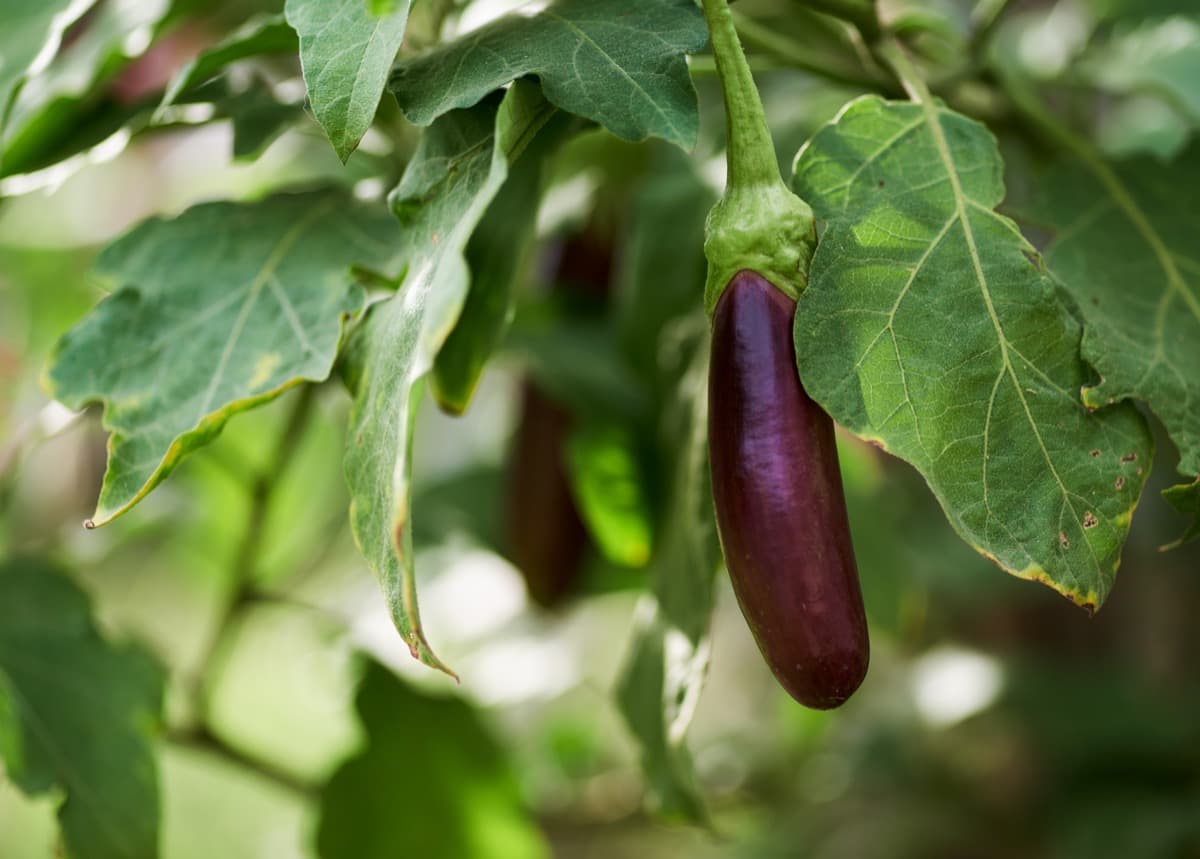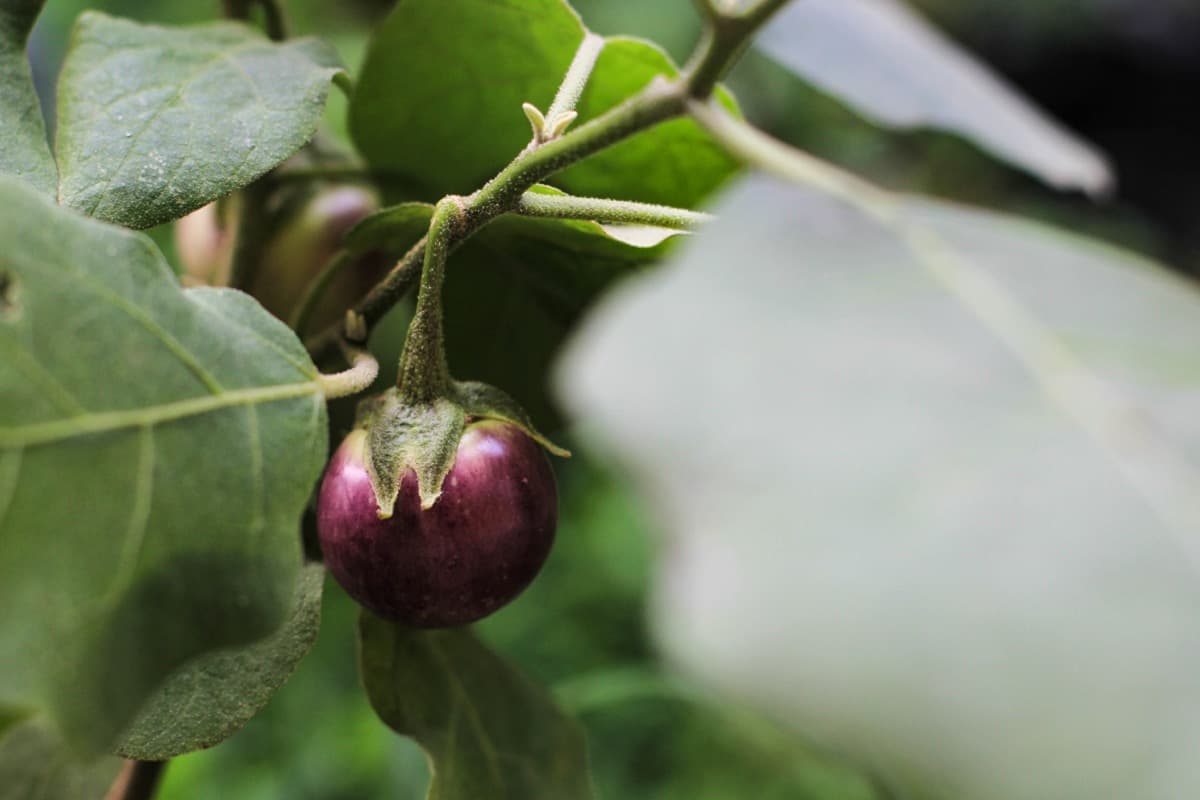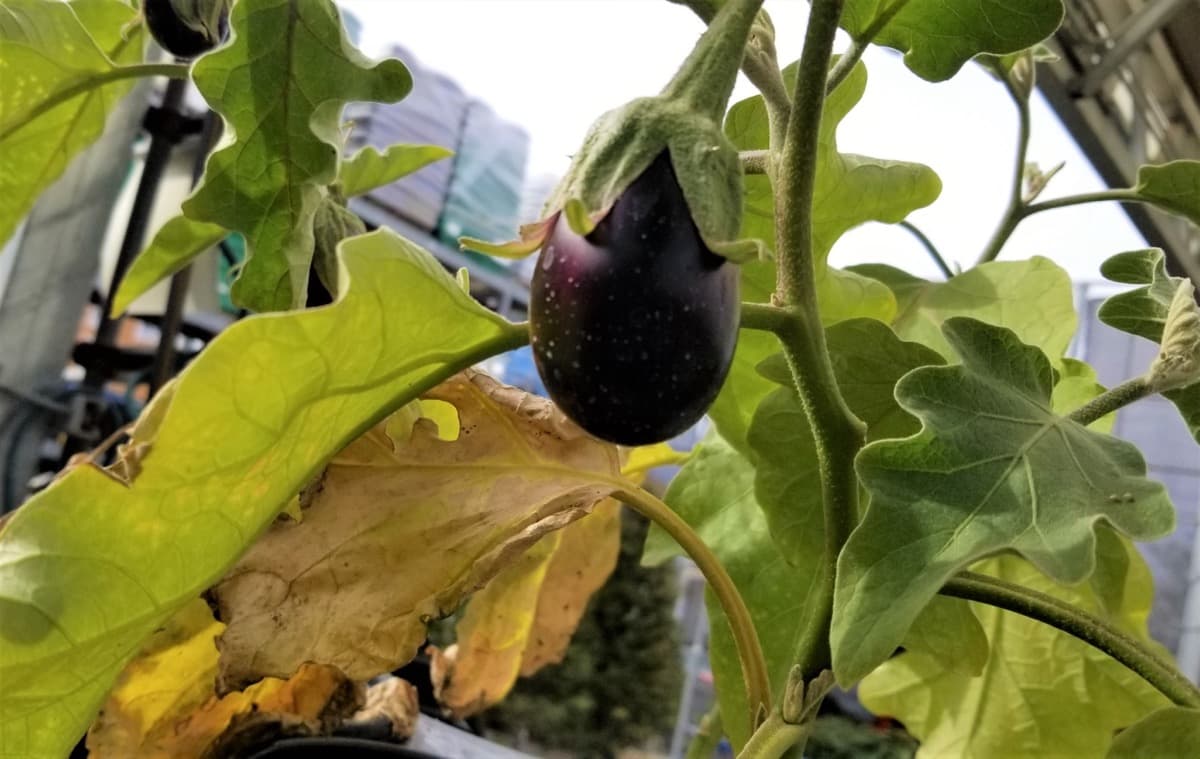Damping-off is a common problem in producing eggplant, also known as Brinjal, which refers to the death of seedlings before or after emergence, particularly under damp conditions. This phenomenon is a significant concern for eggplant growers, as the plants are typically transplanted into the field.

Any loss of seedlings can result in decreased yield and economic losses. Damping-off is more prevalent in the transplant nursery, particularly under cooler conditions. While eggplant seedlings are no longer susceptible to Pythium or Rhizoctonia infection once they reach the 2-3 leaf stage, they can still be infected by Phytophthora at any stage.
Damping Off Management in Eggplant
The causal organism of Damping Off Disease
- Damping-off disease is caused by several species of fungi, including Pythium spp., Phytophthora spp., Fusarium spp., and Rhizoctonia spp.
- These fungi can survive in soil, plant debris, or infected seeds and can be easily spread by water, wind, tools, and workers.
- Once the fungus infects the seed or seedling, it can cause the rotting of the stem, roots, and cotyledons, leading to the plant’s wilting, collapse, and death.
The Disease cycle of Damping Off Disease
- Presence of the pathogen: The pathogen that causes the damping-off disease is present in the soil, either as dormant spores or actively growing hyphae.
- Germination of spores: When favorable environmental conditions, such as high moisture and warm temperatures, the spores germinate and produce hyphae.
- Infection of seedlings: The hyphae grow into the roots of the seedlings, killing plant tissue as they grow. This can occur within minutes of infection by certain pathogens such as Pythium.
- Spread of disease: The pathogen can spread within the soil, either by growing through the soil or moving around by soil-dwelling organisms such as nematodes.
- Production of survival structures: Some pathogens can produce sexual spores in the roots or soil resistant to adverse environmental conditions, allowing them to survive in a dormant state for months or years.
Causes/Conditions favorable for Damping Off Disease spread in the Eggplant field.
- Heavy soils: Heavy soils with poor drainage provide a favorable environment for the growth and spread of damping-off pathogens.
- Low pH: Acidic soils with a pH below 6.0 can promote damping-off development.
- Heavy seeding resulting in dense planting: Overcrowding of plants due to heavy seeding can lead to increased humidity and reduced air circulation, which creates a favorable environment for damping-off.
- Excessive soil moisture: Overwatering and poorly drained soils can create conditions that favor the growth and spread of damping-off pathogens.
- Low light and presence of weeds: Low light and weed growth can reduce air circulation and increase humidity, creating a favorable environment for damping off.
Symptoms of Damping Off Disease in Eggplant
- Damping-off disease in eggplant can cause various symptoms in young seedlings, including a failure of seeds to germinate, rotting and discoloration of young stems near the soil line, wilting, collapse, and death of young seedlings.
- The affected seedlings may have discolored and rotting roots, and in high-humidity situations, white, fluffy growth of the causal pathogen may develop on infected tissues.
- The disease typically affects new plantings and can occur in just a few seedlings or maybe more extensive, resulting in poor stand establishment and the need to replant.
- Eggplant seedlings beyond the initial stage of development can also be affected by stem lesions, which can girdle and kill the plant.
- The damping-off disease can significantly impact eggplant production, especially in low-lying areas with poor drainage that hold water.
In case you missed it: Verticillium Wilt Management in Eggplant (Brinjal): Symptoms, Treatment, Chemical, and Biological Control

Damping Off Management in Eggplant by Cultural Method
- Plant in an appropriate site and follow local planting recommendations for each vegetable.
- Place seeds/seedlings at the recommended planting depth in soils that drain well and when soil temperatures are warm, and soils are not wet.
- Plant on raised beds to improve soil drainage in the field.
- Avoid overwatering, water plants in the late morning, and adjust water volume based on plant needs.
- Avoid overcrowding plants to promote good air circulation and sunlight.
- Provide adequate, but not excess, nitrogen and other nutrition based on production recommendations for the crop.
- Maintain appropriate environmental conditions in enclosed structures using practices and tools, such as ventilation and horizontal fans, that promote air circulation, and be sure that plants receive adequate sunlight.
- Use new or disinfested media, pots, and transplant trays.
- Clean and disinfect pots and transplant trays that will be reused using suitable disinfectants.
- Use new potting media when possible. If potting media must be reused, sterilize it to destroy pathogens that may persist from the previous planting.
Damping Off Management in Eggplant by Biological Method
- Use of bio fungicides: Biofungicides based on fungi Trichoderma viride, Beauveria bassiana, or bacteria Pseudomonas fluorescens and Bacillus subtilis can be used as a seed treatment or applied around the root zone at the time of planting to prevent or control the pre-emergence form of damping off.
- Use of copper fungicides: In some cases, the preventive treatment of seeds with copper fungicides such as copper oxychloride or Bordeaux mixture help to reduce the incidence and severity of the disease.
- Use of plant extracts: Homemade solutions based on Eupatorium cannabinum completely inhibit the growth of the fungus.
Damping Off Management in Eggplant by Chemical Method
- Damping-off is a significant problem in the production of eggplant, as it can lead to the loss of seedlings and decreased yield. While copper drenches such as C-O-C-S and tribasic copper sulfates are effective against damping off in many types of vegetables, their use may not be suitable for all crops, including cabbage, cauliflower, broccoli, or kale. Therefore, chemical methods may be necessary to manage damping-off in eggplant.
- Metalaxyl is a systemic fungicide that can control Pythium damping-off in the field. It is available as a seed treatment (Apron) or a soil treatment (Ridomil 2E).
- Applying metalaxyl as a seed treatment will protect the seedlings from infection during germination and emergence. Using it as a soil treatment will prevent infection by the Pythium fungi that cause damping-off.
Damping Off Management in Eggplant by Organic/Natural Method
- Using organic soil amendments like compost, vermicompost, or well-rotted manure can improve soil structure and drainage, reducing the chances of damping off.
- Avoid heavy soil and excessive soil moisture, creating favorable conditions for the disease.
In case you missed it: Bacterial Wilt Management in Eggplant (Brinjal): Symptoms, Treatment, Chemical, Biological, Natural, and Organic Control

Conclusion
Damping off disease is a significant threat to the success of plant growth and crop yields, affecting several crops, including eggplants. The disease is caused by several soil-borne fungi and fungal-like organisms that infect and kill seedlings or young plants. Environmental conditions such as high humidity, low light, and poor drainage can favor the development and spread of the disease. However, various preventive measures and management techniques are available to control damping off disease.
- Beneficial Insects in Pest Management
- Natural Solutions for Pest Control in Flower Gardens
- Types of Fungicides Used in Agriculture
- Common Issues in the Fruit Development Stage of Pomegranate Farming
- Fruit Development Issues in Papaya: Easy Solutions and Treatment
- Soil-Borne Diseases and How to Protect Your Plants
- Practices to Prevent Disease Spread in the Garden
- From Wilted to Thriving: How to Treat Root Rot Naturally in Houseplants
- Natural Remedies to Cure Brown Spots on Fig Tree Leaves